When it comes to entertaining family and friends for Thanksgiving, there are plenty of things you might worry about: everything from seating and music to feuding family and unruly kids. But the worst thing I could imagine is discovering the food has made a loved one sick. After all, if Aron or I get sick, the punishment is ours, but if the people you invite to Thanksgiving—grandmothers, nephews, parents—get sick, it’s a whole different level of shame.
My mother-in-law, Dr. Christine Bruhn, who recently retired from the Department of Food Science and Technology at UC Davis, is an expert in food safety (and people’s attitudes toward it, more specifically), so I decided to go to her for five ways to keep your family healthy (and free of food-borne illness) at Thanksgiving. It may not be as sexy as how to make a bourbon-maple pecan pie, but neither is wondering if you have the “flu” over the holiday.
Here are five common mistakes people make at Thanksgiving:
Wash your hands.
The first one is so easy, and so basic—everyone should do it and everyone will say they do. (Ick factor: A study found—even cooking in front of a camera—almost 65% of home cooks did not start by washing their hands.)
Don’t forget to wash your hands before you even start preparing food—and, then, wash your hands again after any time you touch raw meat (or eggs). Use soap (on the faucet handle as well) and a single-serving paper towel before picking up your phone, opening the fridge, or grabbing a knife. A couple of fun facts? Men tend to have the worst handling practices for food safety. And, consistently, a higher formal education = bigger violators.
Never wash your bird.
When you wash your turkey, the water splatters or disperses as an aerosol and any salmonella bacteria that is present (and all birds, you have to assume, could have it) will spread—as much as two feet. Two feet around your sink is now contaminated. (My mother-in-law analogized it to honey: you can’t see it, but you know it sticks to everything.) So wash your hands, don’t wash your bird; rely on cooking the turkey to a safe temperature to kill any bacteria. And here’s something that shocked me: salmonella can live for up to a year on a surface.
A note on buying and storing your turkey: Make sure that your fridge temperature is 40 degrees Fahrenheit, and store the bird below ready-to-eat items. If you bought it frozen, it should be thawing in the fridge.
Make dressing, not stuffing.
You have to cook a turkey stuffed with that delicious mix of herbaceous, eggy, moist bread for a very long time to get that stuffing to a safe temperature—leaving you with dry, overcooked meat. Otherwise, you’ll have bread pudding that has spent too long in a contaminated environment at a temperature that supports bacteria growth. Yum.
Make it in a pan and pour some stock over it. Serve it with gravy.
Use a real, accurate thermometer.
The turkey meat should register 165 degrees F. Don’t rely on appearance. Using a thermometer
Tip: Make sure your thermometer is accurate. Studies have revealed an alarming number are off. How? Stick it in a slurry of ice water. Once the water and ice are at equilibrium, check to see if your thermometer reads 32 degrees F (freezing), as it should. (You could also test it at boiling—perhaps ideal for high temps—but this number varies at high altitudes.) If it doesn’t read 32, adjust the small nut on the backside of the thermometer, located where the face meets the probe. If you’re using a digital thermometer (we like this one
Refrigerate leftovers within two hours.
All perishable leftovers, but especially your turkey, need to go into the fridge. Use 2-3 inch containers to allow good air ciriculation. Bacteria grow best in the “danger zone” (40-140 degrees F), so you want the food to cool quickly and get out of that zone. They can keep in the fridge for 3-5 days, but for flavor reasons, don’t heat them back up more than once.
Share these guidelines with whoever is doing the cooking and be safe! Enjoy! (I hope I haven’t spoiled your appetite).
Thank you, Christine!
P.S. This is my lovely mother-in-law, Christine, doing a weekly food-segment for a Sacramento television program in the early ’70s (in her kitchen)!
More Thanksgiving help.


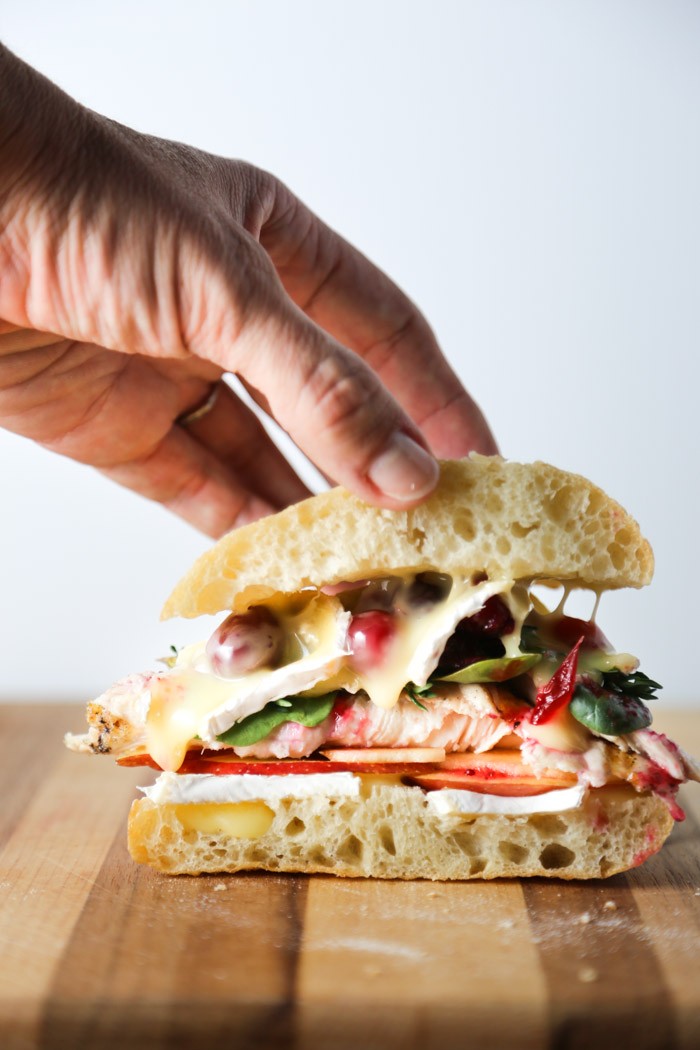
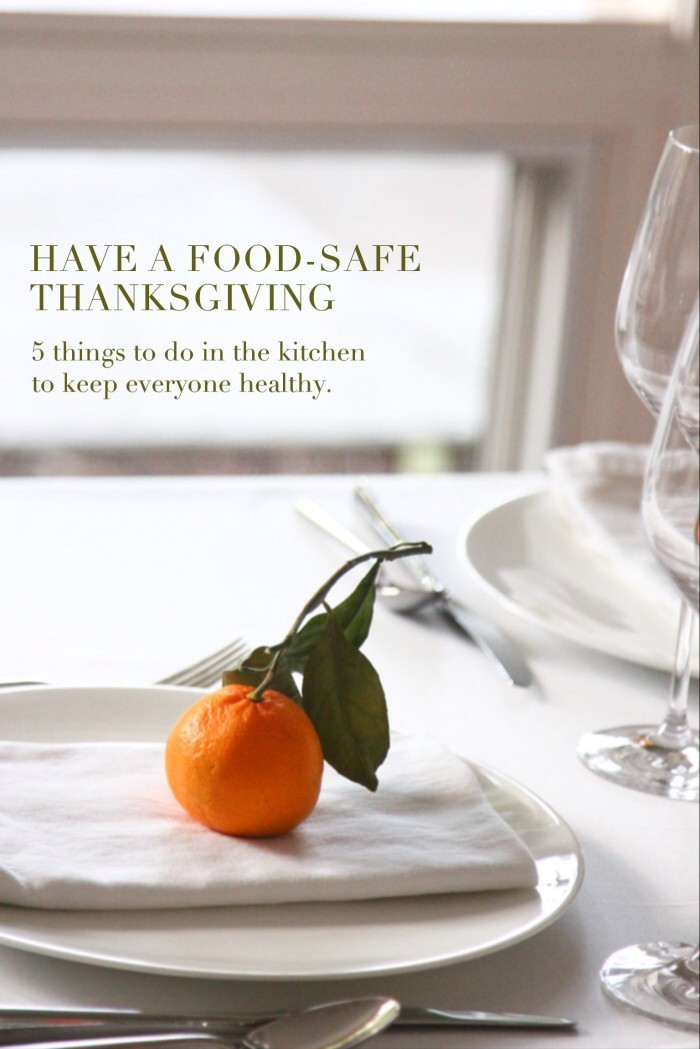
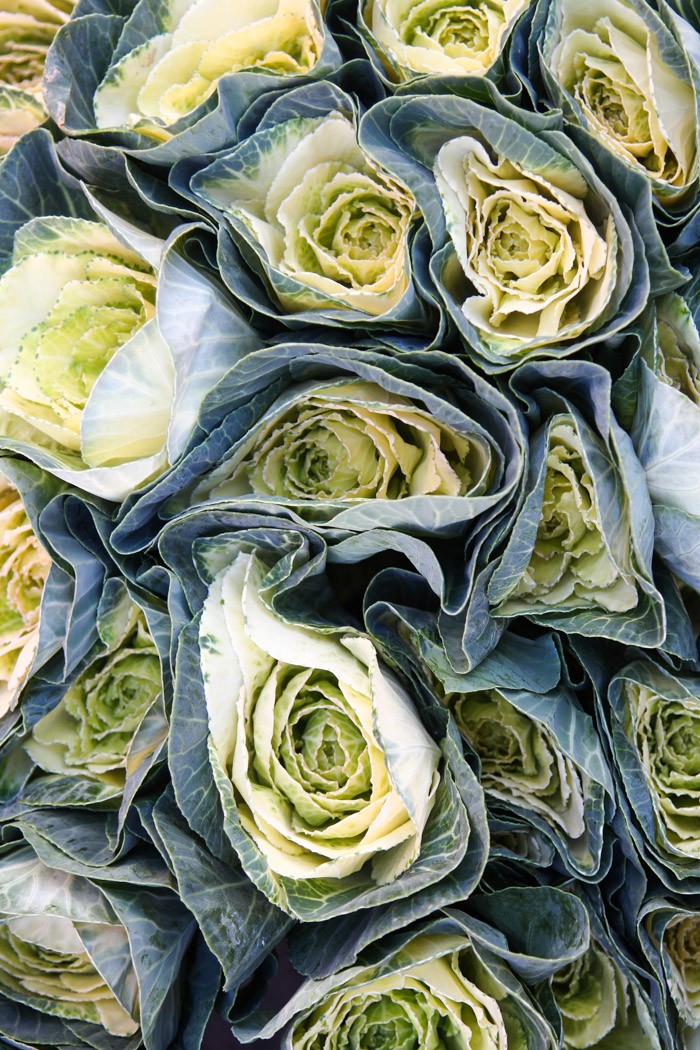

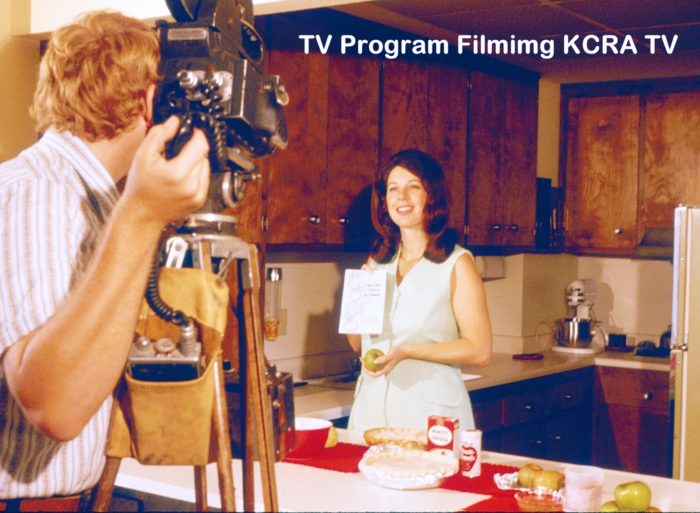
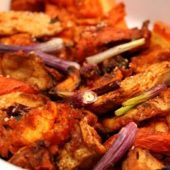

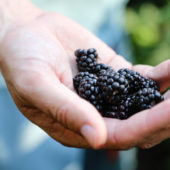
































13 Comments